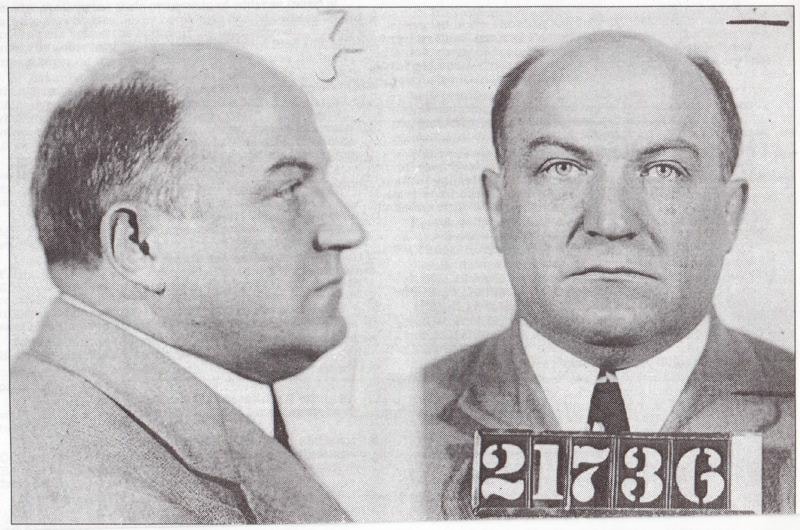How does George Remus compare to Al Capone?
Without George Remus, there is no Al Capone.
Every city in America had underworld operatives long before Prohibition. Bootlegging existed, whether it was running the product of home stills to avoid government taxes or bringing cheap liquor into the United States from Mexico.
When the dry laws kicked in, rumrunning became big business. In America’s largest cities, like Chicago, bosses like Johnny Torrio quickly realized that America’s thirst needed quenched and by smuggling liquor, they could make untold millions.
Rather quickly, criminal kingpins realized that they needed booze to thrive. Remus provided that liquor and enabled men like Torrio, and his successor Al Capone to create empires. Other liquor masterminds existed, so Remus was not alone in getting booze to mob bosses, but his network was extensive and centered on selling the highest quality Kentucky bourbon.
Selling “the good stuff” led to connections between Torrio’s Windy City operation and Remus’s headquarters at Death Valley. George Conners, Remus’s top lieutenant, spoke at length about his salesman trips to Chicago to funnel bourbon into the large market there. Torrio also had ties to the Cincinnati metro area, marrying a woman from Northern Kentucky and having family in the area.
While George and Al had similar interests in selling booze and making as much money as possible, on a personal level, Remus was a generation older than Capone and some of the other “name” mafia bosses, like Lucky Luciano and Meyer Lansky, the friends who operated at the feet of criminal mastermind Arnold “the Big Brain” Rothstein in New York City. After Rothstein’s murder, Luciano and Lansky became kingpins themselves. Men like these were career criminals. When bootlegging turned vicious, they were more willing to kill or incite violence and murder to achieve their end goals.
Remus, although no stranger to gunfights or ordering his men to protect his product with gun play, was a product of the Gilded Age. George’s first instinct was to respond to a threat with his fists or the gold-tipped, weighted cane that he carried as both a style statement and weapon. As Prohibition went on, it became a shoot-first world.
People often ask why Remus didn’t get back into bootlegging in June 1928 after his stints behind bars and at the Lima State Hospital for the Criminally Insane. There are many potential answers, but most directly: without money or henchmen, Remus could not reestablish his bourbon empire after winning his freedom. George would have needed an army to reclaim even a portion of his empire, but after Imogene and Franklin Dodge decimated his fortune, he could not afford to rebuild.
This is only a small tidbit of the complexity of Remus’s interactions with his mafioso colleagues. The full story will make more sense after reading The Bourbon King.
The famous Rathskeller bar in the Seelbach Hilton Hotel in downtown Louisville. Allegedly, Remus and Capone drank together at the Rookwood Pottery tile-encrusted grotto, one of the most stunning displays of Rookwood from the early twentieth century.




